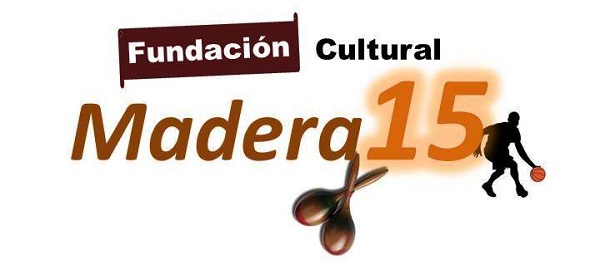By the end of the 70’s and beginning of the 80’s a group of young people from different parts of the country gathered by chance in the same sector 4 de las Mercedes in La Victoria, Aragua State, began to listen to the new genre of the time, the popular “Salsa”.

Each one with different tastes but without leaving the genre, they felt the desire to imitate the Venezuelan and international bands they knew through the Lps, so every weekend they organized themselves to play their instruments with musicians already studied and the guataqueros in an empirical way.
These meetings became more and more frequent and due to the need of an acquaintance of the zone to have a salsa group they decided to form the first salsa group of the sector called “El Quinto Sonero”, then years later with many of the members of the previous group they formed the group “Juancito y su Son” and years later the “Conjunto Sabor”.
It is worth mentioning that the rehearsals of the different groups took place in the homes of some of the members, playing songs by Ray Barreto; Eddie Palmieri; Dimensión Latina; Grupo Mango; Trabuco Venezolano Grupo Libre and of course Grupo Madera, among others.
By the end of the 80’s this same group of young people always supported by their families decided to formalize all the events that took place during the year, thus creating the “Madera 15 Foundation” unifying culture, sports, art and dance all in what was once a “Little Square” and over the years became a court, which would become its main location.
Its name is due to the admiration that everyone felt for Grupo Madera and product of its unexpected accident in which most of its members lost their lives on August 15, 1980.

For this reason the affection and the interpretation of many of their songs and the attendance to their concerts. Once the tragedy occurred, the passion for the Caracas group grew, specifically in the Marín neighborhood of San Agustín del Sur, which was invited to the inauguration of the Cancha in 1989, an invitation that was accepted and it was possible to enjoy three days of Afro-Caribbean songs and dances among neighbors and people close to the area.
From then on, cultural, recreational and sporting activities are carried out and one of the most important meetings is organized every year on December 31st, where the Guataca de Fin de Año is held, which began as an informal meeting of these young people every year-end, specifically on the 31st of the year, and continued with a soup on January 1st, welcoming the new year.
Currently by decree of the Mayor of the Municipality of Ribas in La Victoria Aragua State, specifically by Mayor Juan Carlos “Jaimito” Sanchez in his 1st term in 2012, the Municipal Day of Salsa is celebrated, and are invited to cultors and musicians from different parts of the country to participate in this special date with all attendees, which enjoy a unique day full of much feeling.
For years, all kinds of musicians, orchestras, groups and salsa characters that have exalted the salsa culture, as well as characters of the gaita and folklore, have passed through the festival.
Today, the tradition of the Guataca is still maintained, paying tribute to the life of its famous characters and remembering those who left for another plane and those who unfortunately emigrated.
Hand in hand with the music was also formed the dance group of the area called in its beginnings “Los Gurrugurru” which performed nationalist dances and sang aguinaldos and parranda every Christmas. Today there is still a dance group called “Danzas Tricolor” also dancing all the national folkloric dances.

Through both groups passed the great majority of the young people of the sector and after generations their children and now grandchildren, all under the direction of Griseida and Mileyda Batidas.
It is important to highlight some emblematic names of the foundation among them stand out:
Benilde (RIP), Mercedes (RIP), Ligia (RIP), Aminta (RIP), Alicia (RIP), Carmen (RIP), , Williams (RIP), Santana (RIP), Agustín (RIP), Neptali (RIP), Mileyda (RIP), Ángel Miguel (RIP), Amalia, Dinora, Raquel, Adela, Eugenia, Ángel, Jaime, Nelly, Entre otros.
Participating Families:
Los Bauter, Los Yanes, Los Ascanio, Los Bastidas Salazar, Los Momplasiert, Los Power, Los Anzolar, Los Escalona, Los Guevara and many more.
Memorable sites
La Placita, La Cancha, La Matica de Amalia, La Esquina de los Bauter, and El Terreno.
There the traces of all those who in their time gave their hearts for the good of the most rumbustious sector of La Victoria were captured.
This message goes to them:
MADERA 15 we are all and even those who left.
Collaboration and Main Source:
Lcda. Shinaury Rojas / Publicist for Salsa Escrita
Photographer Nelson Bauter

Also Read: Djane. Shina Rojas una Pasión Convertida en Realidad














